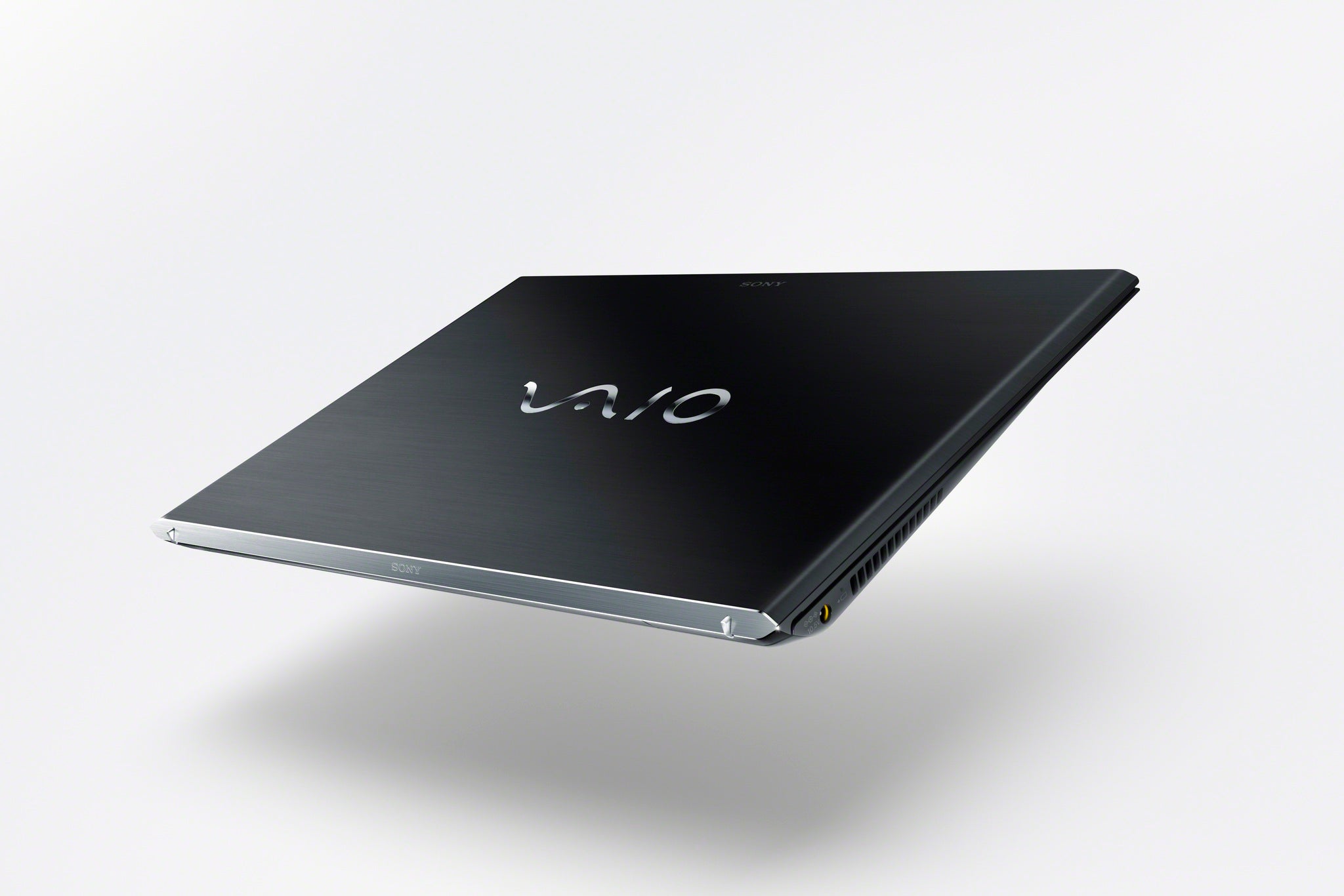Sony's new VAIO Pro models challenge Apple for Ultrabook supremacy
11-inch and 13-inch models are lighter than the MacBook Air, but build quality suffers

Your support helps us to tell the story
From reproductive rights to climate change to Big Tech, The Independent is on the ground when the story is developing. Whether it's investigating the financials of Elon Musk's pro-Trump PAC or producing our latest documentary, 'The A Word', which shines a light on the American women fighting for reproductive rights, we know how important it is to parse out the facts from the messaging.
At such a critical moment in US history, we need reporters on the ground. Your donation allows us to keep sending journalists to speak to both sides of the story.
The Independent is trusted by Americans across the entire political spectrum. And unlike many other quality news outlets, we choose not to lock Americans out of our reporting and analysis with paywalls. We believe quality journalism should be available to everyone, paid for by those who can afford it.
Your support makes all the difference.Sony have launched a new pair of touchscreen Ultrabooks, the Sony VAIO Pro 11 and Pro 13, which the company hopes will challenge Apple’s control over the market for high-end portable computing.
The company claims that the new Pro models are the “world’s lightest”, with the 11-inch model weighing just 870g and the 13-inch version coming in at 1.06kg. Both Ultrabooks are just 0.68-inches thick.
And indeed, Sony’s fighting talk is backed up by the stats, beating the MacBook Air for lightness - the latest version weighs 1.08kg for the 11-inch screen, and 1.34kg for the 13-inch. However, making gains in this way might have meant sacrifices elsewhere, with reviewers complaining that this airy-weight is accompanied by a less-than-solid build quality.
Writing for The Verge, David Pierce, complains that “both Pro models feel flimsy and breakable” and that the keyboards feel “mushy”, having too much flex to type on with gusto.
The technical stats for the models are pleasing though and seem to come good on the Ultrabook claim to offer a PC level experience packaged up smaller. Both models have a 1920x1080 touchscreen (standard for all Windows 8, Intel branded Ultrabooks) and run on the latest Haswell chips from Intel.
The 11 has a 1.6GHz Core i5 whilst the 13 has a 1.8GHz Core i7 with both models sporting 4GB of DDR3 RAM. In terms of memory you can specify up to 256GB SSD for the 11 and 512GB SSD for the 13.
The battery life of these models is nothing special unfortunately – with the Pro 11 making it through 11 hours on a single charge, and the Pro 13 managing a respectable 8 hours. If you want your laptop to last all day though, you’ll have to purchase an additional sheet battery add-on.
Complaints about the two models tended to focus on the suffering keyboard. Especially when crammed into the 11-inch version the keys of the Pro were said to be too tightly packed together, and on the silver-colour version of the Pro, the backlighting effectively faded into the background, making typing in dark rooms a challenge.
Boot times have been impressive, with most reviews reporting a time of less than 10 seconds, and a waking from sleep time of less than 3; and users also complimented how the touchscreen capability improves the Windows 8 experience.
So far the Ultrabook market has been suffering as consumers buy into tablets and other new form factors, but these new devices from Sony might finally be opening up the form to better Windows devices.
Join our commenting forum
Join thought-provoking conversations, follow other Independent readers and see their replies
Comments